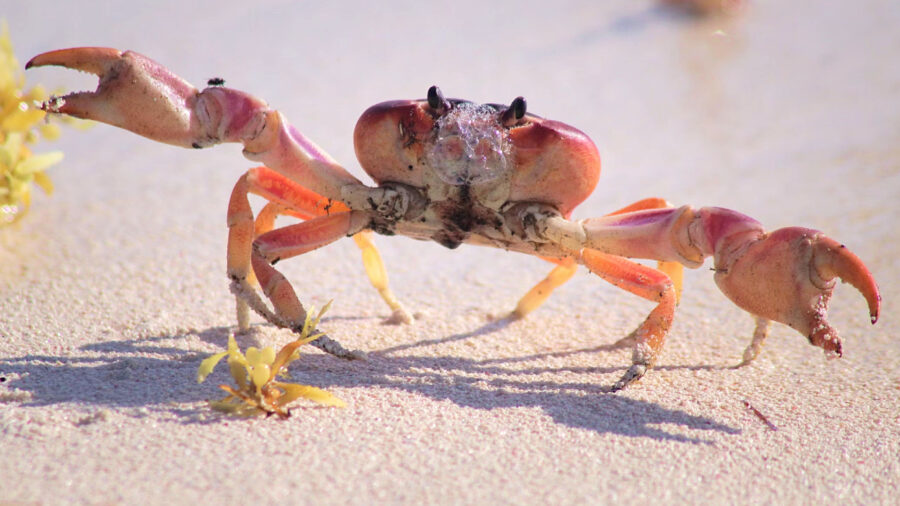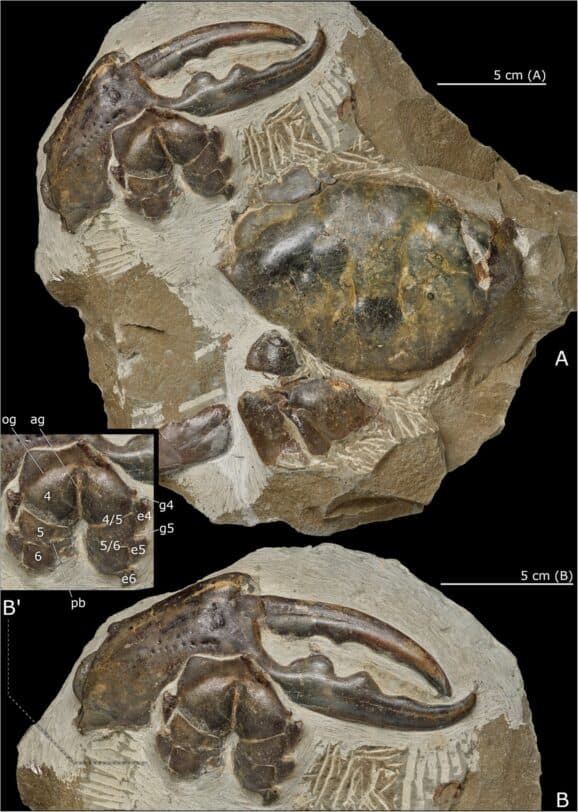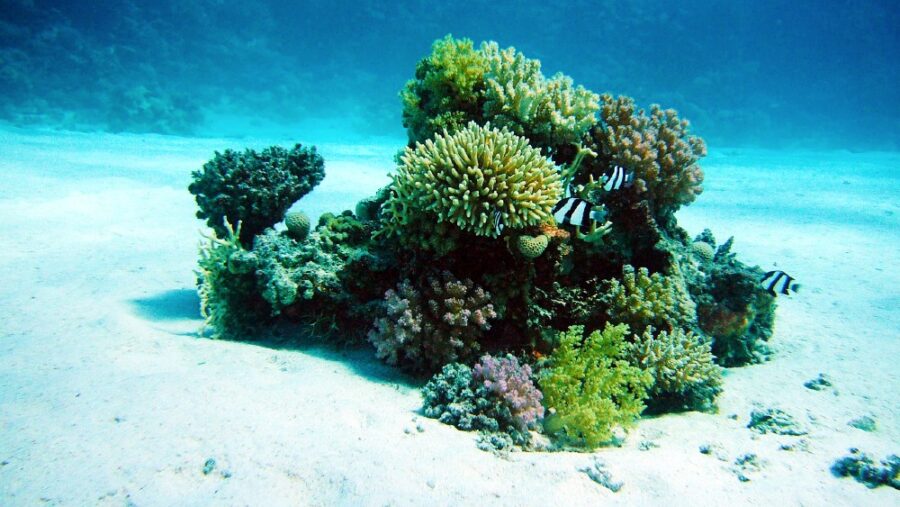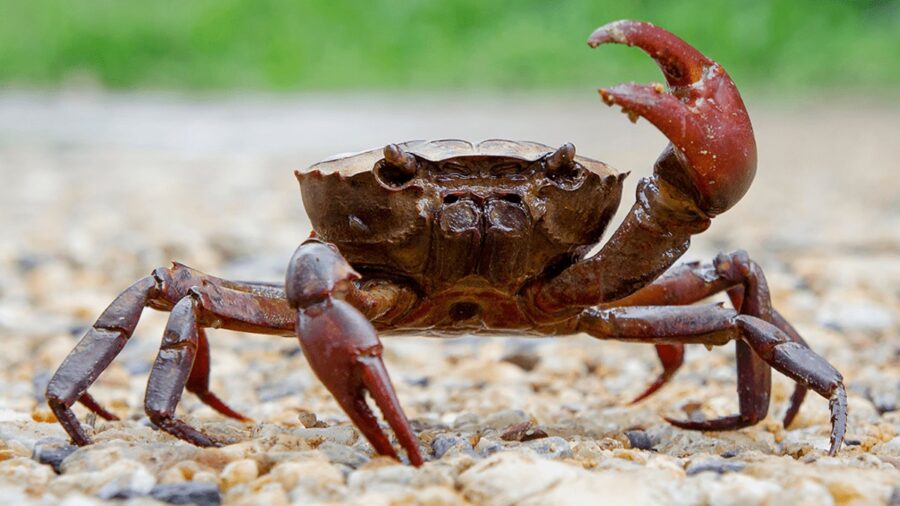Giant Crab Discovered With Massive Claws

Those who are afraid of the ocean and whatever may be lurking in the fathoms below should be glad they didn’t live 8.8 million years ago, when colossal-clawed crabs roamed the ancient seafloors. A newly unearthed crab claw weighing more than 26 pounds has claimed the title of the largest fossil crab claw ever discovered. Imagine that at an all-you-can-eat buffet.
The Largest Crab Claw Ever Discovered

The claw belonged to a recently discovered species, the Southern Giant Crab (Pseudocarcinus karlraubenheimeri), which lived in a deep-sea environment, surrounded by volcanoes from the Mohakatino Volcanic Centre.
The crabs were huge and carnivorous, with a massive claw perfect for hunting and their large size gave them an advantage over other sea creatures. Fossils suggest that the Southern Giant Crab thrived in the environment of New Zealand’s Miocene epoch, which provided plenty of food and the right conditions for growth. However, for unclear reasons, they eventually disappeared from New Zealand waters.
Unearthed In New Zealand

A fossil of one of these ancient creatures was discovered on the picturesque shores of Waitoetoe Beach, nestled on the North Island of New Zealand. Found in the upper Miocene Urenui Formation of the Taranaki Basin, amidst volcanic remnants, these ancient crabs offer a window into their aquatic past. Unlike their modern relatives, these crabs preferred the mysterious depths of the ocean, inhabiting what we now know as New Zealand’s waters.
The Giant Crabs Used To Hunt On The Ocean Floor

Known for their strength, the Pseudocarcinus crab, similar to their present-day counterpart P. gigas, were formidable creatures. Their significant size provided them with a competitive edge and a robust defense mechanism in the harsh oceanic environment.
The ancient habitat of these fossil crabs, sea-floor gas seeps, seem like a harsh environment, these warm, nutrient-rich homes offered a bountiful feast for these sizable crustaceans. This remarkable finding sheds light on the mysterious and intricate ancient ecosystem.
One Of Nearly 7 Thousand Crab Species

The Southern Giant Crab’s ability to survive in a hostile environment should come as no surprise. Crabs, members of the crustacean family, are a diverse and resilient group of arthropods found in various aquatic environments around the world. With over 6,800 species identified, these creatures exhibit a wide range of sizes, colors, and behaviors.
Well-known for their distinctive sideways movement, crabs have ten limbs, including a pair of formidable claws, or chelae, used for various purposes such as capturing prey, defense, and communication. Remarkably adaptable, crabs inhabit oceans, freshwater habitats, and even land, showcasing their ability to thrive in diverse ecosystems. Some species, like the coconut crab, are terrestrial and can climb trees, while others, such as the fiddler crab, display elaborate courtship rituals with their oversized claws.
Crabs Can Regenerate Lost Limbs

To this day, crabs play crucial roles in maintaining ecological balance as scavengers, predators, and prey, underscoring their significance in marine and terrestrial ecosystems. Additionally, their exoskeletons undergo molting, allowing them to grow and regenerate. Their ability to regenerate lost limbs is a remarkable aspect of their biology, so perhaps the ancient Southern Giant Crab whose fossilized claw was recently found was able to replace the one it lost by growing a new one.
Source: Taylor & Francis Online












